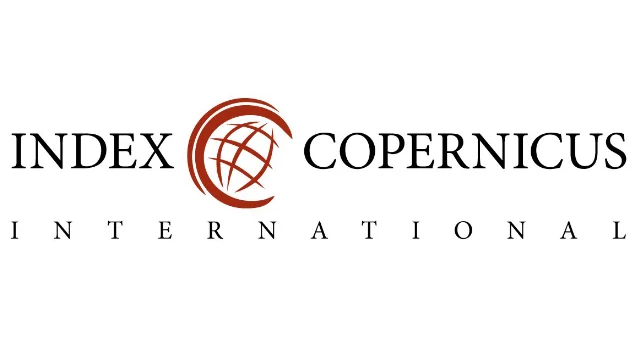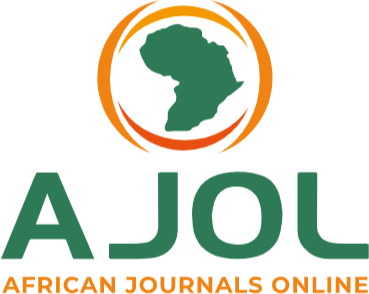Faith, Technology, and Safety: A Theoretical Framework for Religious Leaders Using Artificial Intelligence to Advocate for Gun Violence Prevention
Keywords:
AI-driven advocacy, Faith-Based Advocacy, Gun Violence Prevention, Supervised Learning, Unsupervised Learning, Reinforcement LearningAbstract
Gun violence remains a pressing moral and public health crisis, necessitating innovative approaches to advocacy within faith communities. This conceptual paper explores the potential of artificial intelligence (AI) to enhance the advocacy efforts of religious leaders in combating gun violence. Drawing on social capital theory and techno-ethical frameworks, it examines how AI-driven tools—such as supervised learning for data-driven messaging, unsupervised learning for community trend analysis, reinforcement learning for adaptive advocacy strategies, and hybrid models for comprehensive engagement—can amplify the moral and social influence of religious communities. The study addresses ethical challenges, including privacy concerns, algorithmic bias, and the risk of dehumanizing advocacy efforts, proposing guidelines for responsible AI use. Emerging trends, such as federated learning and explainable AI (XAI), are explored as future directions for faith-based advocacy. Regulatory frameworks, including data protection laws and ethical AI standards, are considered for their role in ensuring equitable and transparent technology adoption. This article provides a theoretical foundation for researchers, religious leaders, and policymakers to advance AI-driven advocacy, offering recommendations to align technology with faith-based values in the pursuit of safer communities.
Downloads
Published
Issue
Section
Similar Articles
- Kingsley Uchendu, Emmanuel Wilfred Okereke, Exponentiated Power Ailamujia Distribution: Properties and Applications to Time Series , Communication In Physical Sciences: Vol. 12 No. 5 (2025): Vol 12 ISSUE 5
- Dueke-Eze, Metal complexes of 4-aminopyridine Schiff bases: Potent molecules in the design of anti-tuberculosis agents , Communication In Physical Sciences: Vol. 9 No. 3 (2023): VOLUME 9 ISSUE 3
- Felix B. Fatoye, Yomi B. Gideon, Joseph I. Omada, Maceral Characterization of the Cretaceous Effin – Okai Coal De-posit in Northern Anambra Basin, Nigeria , Communication In Physical Sciences: Vol. 5 No. 3 (2020): VOLUME 5 ISSUE 3
- Muhd Auwal Zubair, Nura Muhammad, Aminu Sabo Muhammad, Abdulrasheed Luqman, Comparative Study on the Effect of Organic and Inorganic Fertilizers on Maize Yield , Communication In Physical Sciences: Vol. 8 No. 4 (2022): VOLUME 8 ISSUE 4
- Joseph Jacob, Paul Andrew P. Mamza, Mechanism of Water Absorption Behaviour in Groundnut Shell Powder Filled Waste HDPE Composites , Communication In Physical Sciences: Vol. 6 No. 1 (2020): VOLUME 6 ISSUE 1
- Itoro Esiet Udo, Imaobong Daniel Ekwere, Idongesit Bassey Anweting, Beneficiation Process of Locally Available Bentonitic Clay: An Efficient Utilization in Drilling Fluid Application in Akwa Ibom State , Communication In Physical Sciences: Vol. 12 No. 2 (2025): VOLUME 12 ISSUE 2
- Samuel Awolumate, Aderonke Nana Agbo, Nutrient Retention and Feed Utilization Efficiency in Clarias gariepinus: The Role of Lysine and Methionine in Enhancing Protein Deposition and Reducing Nitrogen Waste , Communication In Physical Sciences: Vol. 12 No. 3 (2025): VOLUME 12 ISSUE 3
- O. I. Olusola, R. T. Ogundare, A. I. Egunjobi, E. O. Odufuwa, M. O. Esan, U. E. Vincent, Chaos Synchronization Based on Linear and Adaptive Controls: Theory and Experiment , Communication In Physical Sciences: Vol. 7 No. 3 (2021): VOLUME 7 ISSUE 3
- James. A. Ezugwu, Uchechukwu C. Okoro, Mercy A. Ezeokonkwo, China Raju Bhimapaka, Synthesis of Novel Valine-based Dipeptide Carboxamide Bearing Benzene Sulfonamide Moiety as Antimalarial Agent , Communication In Physical Sciences: Vol. 5 No. 2 (2020): VOLUME 5 ISSUE 2
- Onaara Enitan Obamuwagun, A Comprehensive Review on Mental Health, Psychological Well-being, and Performance Challenges of Elite Athletes in Competitive Sports , Communication In Physical Sciences: Vol. 9 No. 4 (2023): VOLUME 9 ISSUE 4
You may also start an advanced similarity search for this article.




